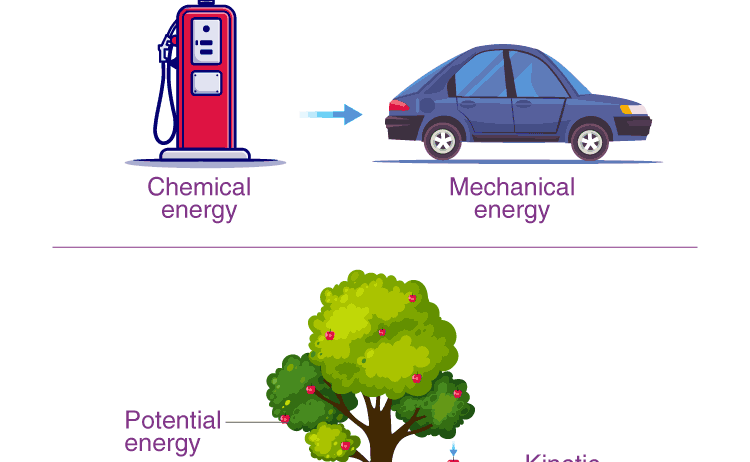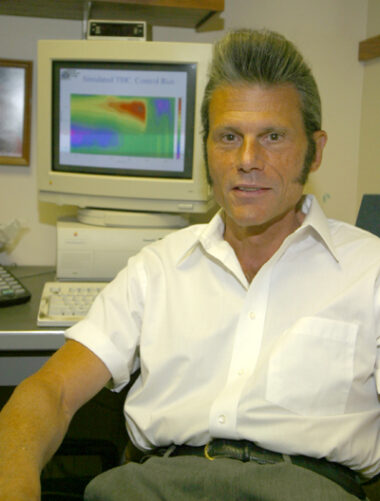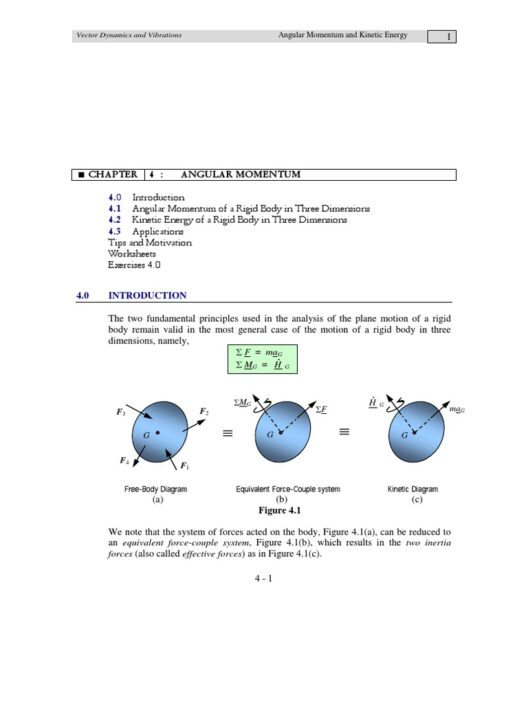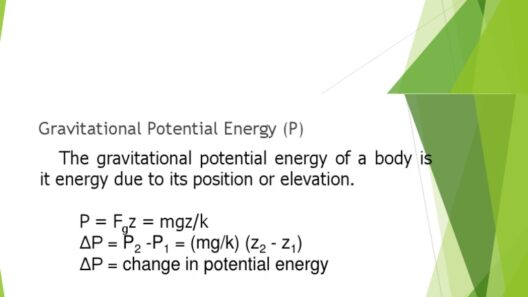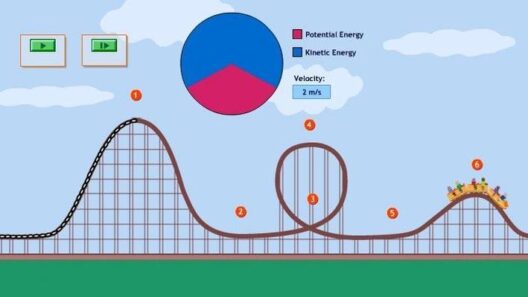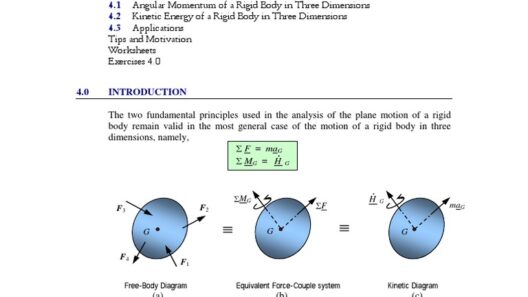The Law of Conservation of Energy is a fundamental principle in physics that asserts energy cannot be created or destroyed; it can only be transformed from one form to another. This principle is not only a cornerstone of scientific understanding but also a vital aspect of understanding ecosystems, human activity, and the relationship between nature and our societal frameworks. To truly grasp this concept, one might ponder a playful question: If energy can neither be created nor destroyed, how is it that our daily actions seem to augment or diminish the vibrancy of life around us?
One could argue that the flow of energy within ecological systems can explain both the resilience and vulnerability of life forms on Earth. At its essence, this interaction exemplifies the continuous cycle of energy exchange, which can be seen in the intricate networks of producers, consumers, and decomposers within any given habitat. Solar energy, for instance, is captured by plants through the process of photosynthesis. This energy then flows through the food web, nourishing a variety of organisms, and eventually returning to the environment in some altered form. Each step in this magnificent journey illustrates the transformation of energy, adhering to the law that allows no loss or gain in the total energy present.
Consider the energy transformations in a forest ecosystem. Sunlight provides the initial energy that fuels photosynthesis, resulting in the creation of glucose. This energy-rich compound serves as the metabolic fuel for flora, which then supports herbivores that graze on them. When these animals die, their bodies decompose, releasing nutrients back into the soil, thereby facilitating the growth of new plants. Hence, as energy flows, it remains in an unbroken chain, showcasing the interdependence of organisms. However, what happens when this flow is disrupted? Can we challenge the integrity of this cycle?
Human activities, such as deforestation and fossil fuel consumption, introduce significant perturbations in these energy balances. For instance, by removing trees, we not only curtail the natural storage of solar energy in the form of biomass but also diminish the quality of the ecosystem, resulting in decreased biodiversity. This phenomenon can lead to a cascade of effects, jeopardizing the energy flow and perhaps resulting in a weaker, more compromised system. Beyond nature, urban environments also reflect the challenges posed by energy conservation. The transformation of energy in cities often favors wasteful processes over sustainable practices, leading to inefficiencies and environmental degradation.
When considering climate change, the Law of Conservation of Energy becomes a critical lens through which to examine human impact. Increased carbon emissions, a direct output of combustion processes, alter the natural cycles and contribute to global warming. The energy that is trapped in the atmosphere affects weather patterns, leading to disturbances that threaten life forms incapable of adapting to such sudden changes. From the perspective of natural systems, this interference can be likened to a rogue wave interrupting a tranquil ocean; the consequences can be widespread, touching every form of life reliant on the energy equilibrium.
If we accept the notion that energy conservation is paramount for sustaining life, the question remains: how can societies pivot towards more sustainable practices? One potential challenge lies in re-aligning our penchant for fossil fuel dependency with the urgent need for renewable energy sources. Transitioning to solar, wind, and geothermal alternatives not only continues the cycle of energy transformation but does so in a manner that preserves the environment’s integrity. It is essential to engage in this dialogue, prompting both individuals and industries to reconsider their roles in the energy flow.
Moreover, empowering local communities to harness energy efficiently can catalyze grassroots movements toward sustainability. For instance, urban gardens can cultivate more than just food; they represent a microcosm of energy conservation by transforming sunlight into nourishment. Education on energy use and conservation strategies enhances awareness and encourages responsible choices. As informed citizens, understanding the implications of energy flow enables us to advocate for policies that promote environmental stewardship.
Embedding this principle into our collective consciousness compels us to examine our diet, consumption habits, and daily routines. In doing so, individuals may discover the minimal yet significant energy contributions they can make within their homes. Practicing energy conservation techniques—such as utilizing energy-efficient appliances, reducing waste, and adopting renewable resources—is not merely a recommendation but a responsibility towards sustaining life on Earth.
Thus, the implications of the Law of Conservation of Energy extend well beyond the realm of physics; they are interwoven into the fabric of life itself. The energy transformations that permeate ecosystems not only emphasize the connectivity of all living beings but also serve as a clarion call to modern society. With each action taken to protect the energy equilibrium of our planet, we tacitly affirm our commitment to safeguarding the delicate balance of life.
Ultimately, we possess the agency to influence the flow of energy not only within our immediate environments but also on a global scale. It invites us to become stewards of the planet, mindful of the intricate ties that bind us to the natural world. The Law of Conservation of Energy is not just a theoretical framework; it is a philosophical guide, urging humanity to respect and protect the precious systems that sustain us.



